- Write by:
-
Sunday, June 12, 2022 - 11:16:57
-
433 Visit
-
Print
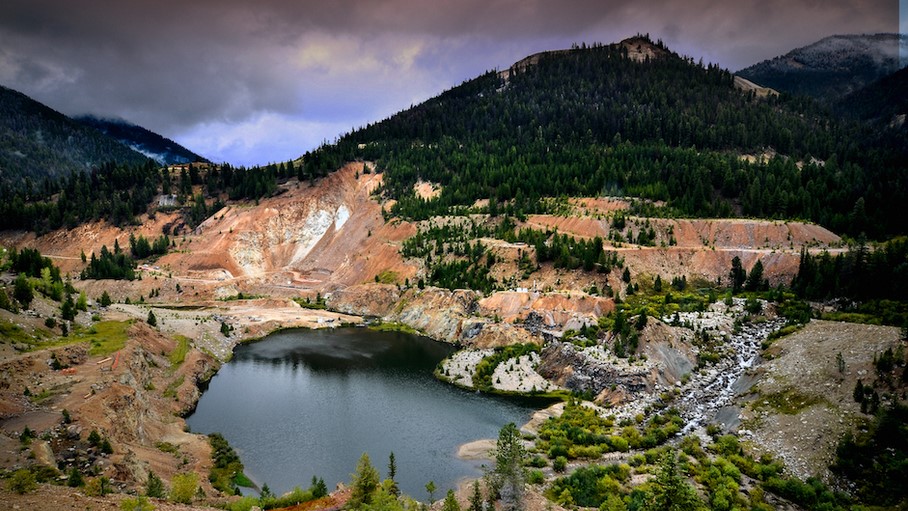
Mining News Pro - Perpetua Resources is building momentum on its legacy cleanup in Idaho, and has selected IMCO Construction as a partner to begin water quality improvements in the historical Stibnite mining district this summer.
Known as Midas Gold until last year, the company moved its headquarters from Vancouver to Boise, Idaho, where it is restoring the historic brownfield site of its Stibnite Gold project.
IMCO Construction specializes in environmentally sensitive construction projects, working in remote locations throughout Washington, Idaho, Oregon, and Montana.
The results of an independent feasibility study envision the project becoming one of the largest and highest-grade open-pit gold mines in the United States with over 4 million ounces of gold in reserve —and the country’s only primary producer of antimony, a critical and strategic mineral.
There is currently no domestic antimony source, and 90% of world supply is controlled by China, Russia and Tajikistan, a narrative becoming increasingly untenable when it comes to sourcing minerals crucial to North America’s supply chain.
The House Armed Services Committee has now included antimony briefing requirement language in their NDAA report.
“We are thrilled that Congress is taking note regarding the significance of antimony and the need for a controlled supply. Perpetua will offer the only domestically mined source of antimony and has one of the largest economic resources of antimony not controlled by Chinese,” Mckinsey Lyon, Perpetua’s VP, External Affairs, wrote in an email to MINING.COM.
Historical legacy
Water quality at the abandoned Stibnite site has been degraded by elevated levels of arsenic and antimony from millions of tonnes of unconstrained tailings and other mine waste left behind by previous operators over the last 100 years.
Perpetua has been granted permission from the Environmental Protection Agency (EPA) and the United States Department of Agriculture (USDA) to conduct time critical early action cleanup activities.
“Action to improve water quality at Stibnite has been needed for decades,” said Laurel Sayer, CEO of Perpetua Resources in a media statement.
“As we break ground on the first phase of early cleanup efforts this summer, IMCO brings a track record of successfully executing complex projects safely and a set of shared values,” Sayer said.
“Isolating streams away from historically contaminated material is a first step in fulfilling our goal of leaving the area better than it is today and demonstrates that responsible partnerships with private industry can benefit the environment and people of Idaho.”
In 2021, Perpetua Resources, the EPA and USDA signed an Administrative Settlement Agreement and Order on Consent giving Perpetua permission to voluntarily clean up key areas of the historical Stibnite mining district that would not otherwise be remedied by the additional legacy restoration proposed in the project.
Phase One provides a four year period to conduct “time critical” cleanup actions designed to improve water quality. The remaining phases would allow for a more comprehensive remediation of the historical mining district should the Stibnite Gold Project receive permission to proceed upon conclusion of the National Environmental Policy Act review.
Perpetua, the EPA and the U.S. Forest Service have worked together to develop a detailed scope of work for Phase One cleanup activities since signing the Agreement in early 2021.
The stream diversion work this summer is expected to include, among other initiatives, removing the Defense Minerals Exploration Administration legacy waste rock dump from within and along a tributary to the East Fork of the South Fork of the Salmon River and restoring the original streamflow course.
In a multi-million dollar investment, the next “time critical” environmental improvements are expected to include the removal and relocation of at least 325,000 tonnes of historical tailings and mine waste away from the East Fork of the South Fork of the Salmon River.
The Stibnite project is located approximately 92 miles by air and 144 miles by road northeast of Boise, Idaho. According to a 2014 pre-feasibility study, the project is expected to produce 388,000 ounces of gold per year for the first four years and 337,000 ounces annually over its 12-year mine life.
Short Link:
https://www.miningnews.ir/En/News/621511
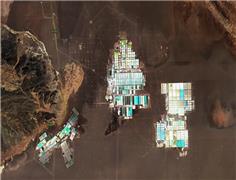
The four largest indigenous communities in Chile’s Atacama salt flat suspended dialogue with state-run copper giant ...
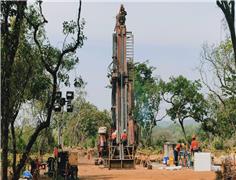
A prefeasibility study for Predictive Discovery’s (ASX: PDI) Bankan gold project in Guinea gives it a net present value ...

Representatives from the Peñas Negras Indigenous community, in northwestern Argentina, clashed with heavily armed police ...
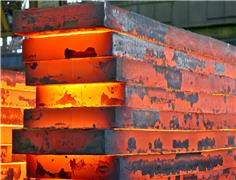
Iron ore futures prices drifted higher on Thursday as the latest soft data from top consumer China triggered renewed ...
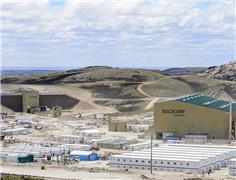
Newmont confirmed on Wednesday that two members of its workforce died this week at the Cerro Negro mine located in the ...
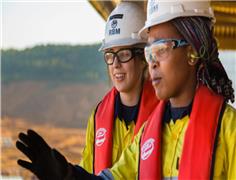
Rio Tinto said on Wednesday it is teaming up with a global venture studio and start-up investor to back the development ...
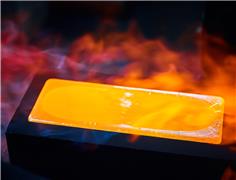
Chinese investors are snapping up stocks tied to high-flying metals from copper to gold, aiding an onshore market facing ...
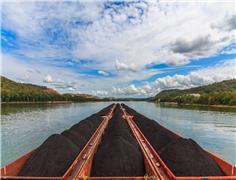
Outflows from global physically backed gold exchange traded funds (ETFs) continued for a 10th month in March, but at a ...
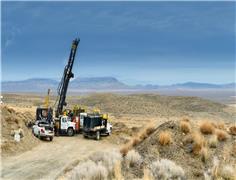
i-80 Gold fell by over 11% at market open Tuesday following its announcement of a C$100 million ($74m) public offering ...
No comments have been posted yet ...